Electricity has to get from North Sea windfarms to the major population centres. I understand that. Renewable energy is good, I agree.
The nation’s infrastructure is, of course, a prime responsibility of government.
It stands above political division because the need for a reliable power supply remains, no matter which party is in charge.
A national infrastructure project like the Fiddes-Tealing electricity cable installation will have followed the basic project management formula: a “project initiation document” (PID) is drawn up outlining what needs done, how it is done, manpower required, risks, pitfalls, everything.
The aim is to understand where issues overlap or contradict, the timeline, the budget, etc.
And an important part of any PID is communications.
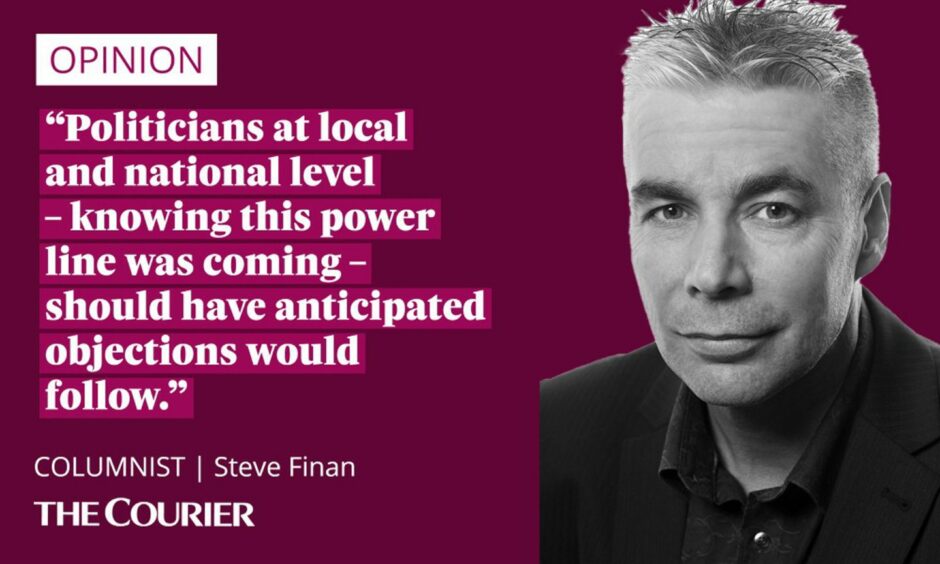
A project of this complexity has to communicate within itself and also to explain what is happening to (I hate this word) “stakeholders” – people affected.
But you will probably have seen complaints from stakeholders living along the route of this cable. They were surprised.
The project managers weren’t surprised. It will have been anticipated that people would object to pylons and electricity substations out of fear they will damage their quality of life.
Any comms team worth its salt will have put strategies on the PID to counter this.
They will have had spokespeople long prepared to innocently look puzzled by anyone complaining about this wonderful progress.
It’s the other side I’m concerned for though. People who feel they are battling alone in the face of an overwhelming, coordinated advance into their lives.
They deserve better.
Politicians should have been proactive on Angus pylons
Politicians at local and national level – knowing this power line was coming – should have anticipated objections would follow.
They should have created a PID of their own that everyone could read.
Residents shouldn’t have to form action groups, contact MPs, MSPs, councillors, or hold information-sharing events.
Elected representatives should be the prime movers, arranging meetings, ensuring information is delivered, gathering and understanding opinion.
The first thing anyone in the path of this cable should have heard was their MP or MSP asking their opinion.
Every politician in every constituency, at every level, along the route should have been proactive.
If you had to contact a politician about this, rather than them contact you, then that politician has failed you.
Residents should have been made aware of their rights and their options. If offshore or buried cables are what people prefer then their MP or MSP stands up for them – at the outset.
They're higher than 10 double-decker buses. https://t.co/29glesjjsx
— The Courier (@thecourieruk) May 30, 2023
Politicians must fight for their constituents, not for what their party wants, not what big business wants.
More offshore wind farms are under construction. And that’s great. But let’s change the law for way these things are done.
We need a national PID for major infrastructure projects so everyone – energy firms, politicians, ordinary people – understands the big picture and their place in it.
We can’t have a repeating loop of surprise, confusion, outrage, and communities scrambling to respond when the next cable cuts a swath into an unsuspecting Angus or Fife community.
Information sharing must be the PID’s first line.
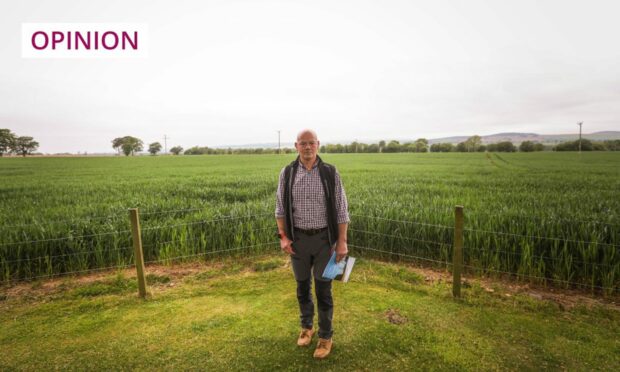
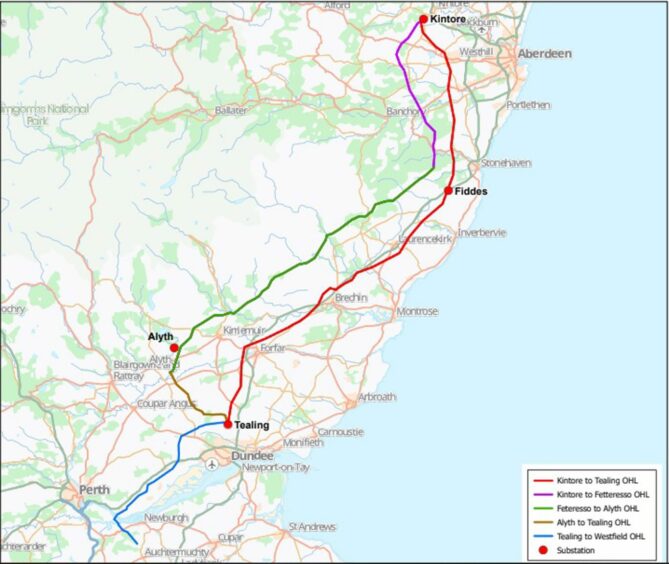
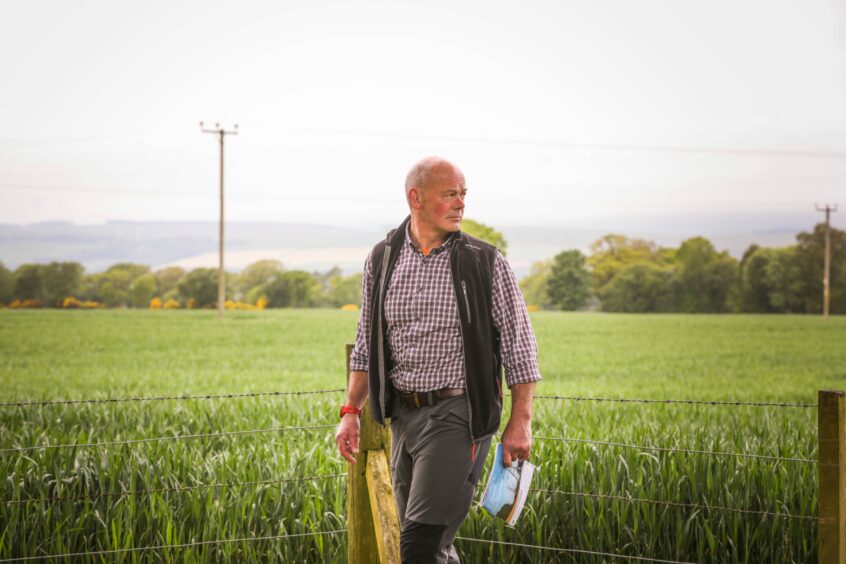








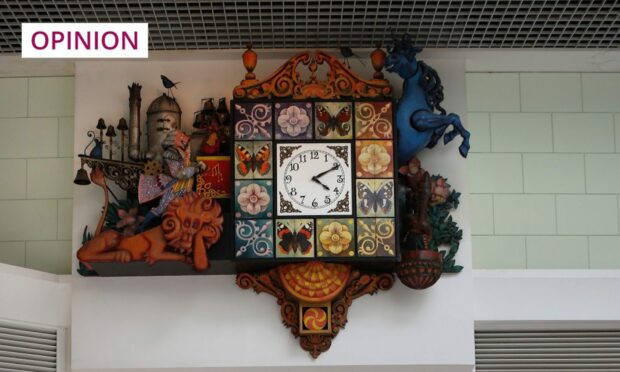
Conversation